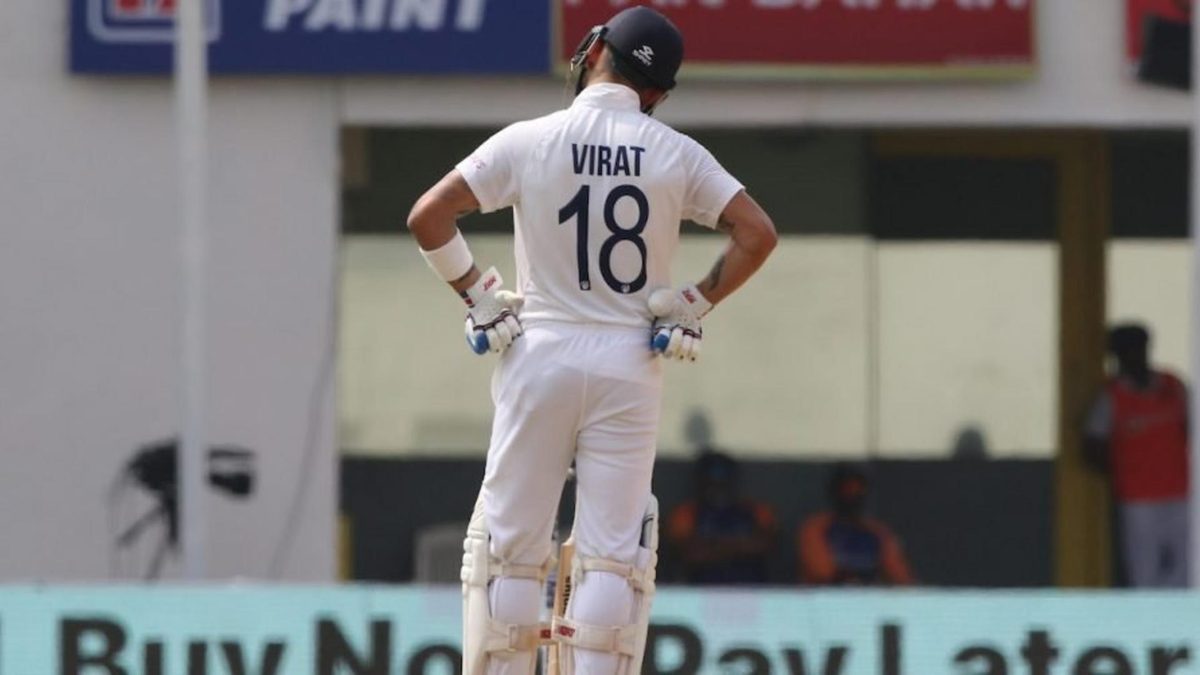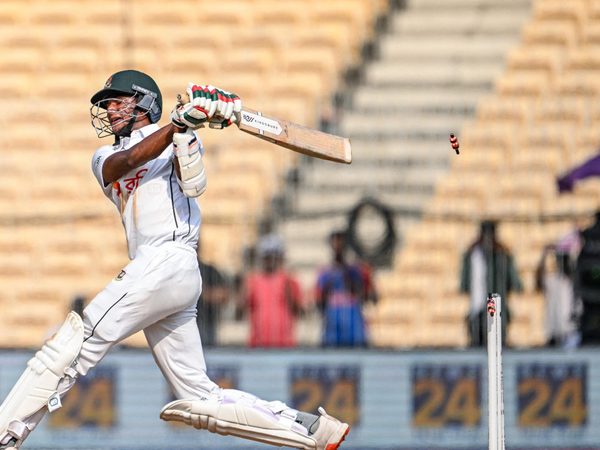
India’s 227-run loss might stick out as an anomaly, but the team needs to consider carefully its overall balance ahead of the remainder of the series, writes Aadya Sharma.
After any defeat, trends on Twitter in India expectedly revolved around ‘captaincy’, ‘Kohli’ and ‘Rahane’, re-igniting questions over leadership, a topic that will perpetually do the rounds, come rain or shine. The win at Chennai was England’s 11th without defeat on the trot under Joe Root, while India’s fourth consecutive reversal under Virat Kohli. There’s lingering uneasiness, if nothing else, at the worrisome run of losses.
The Adelaide rout in December was a familiar blot overseas, but the manner of defeat in Chennai, on home soil, was utterly unexpected. Since 2010, visiting teams have totalled over 500 runs in an innings only five times in India, and have won only four Tests, including this one. It’s even more concerning given the loss closely followed the unmatchable high of their Australia triumph, one of India’s greatest Test series wins ever, and instantly dispersed all the steam the side had built up with it. From hoping to build their dynasty, India now face a battle to preserve their proud home record.
One can’t discuss India’s loss without acknowledging England’s superior preparation in the lead-up to the tour. More than a month ago, they had travelled to Sri Lanka for a tightly-packed Test series, and while the 2-0 whitewash wouldn’t exactly have prepared themselves for the challenges in India, it must have played a decisive role in their reading of slow, turning surfaces, and preparing their best outfit for the four Tests that followed.
While the defeat is staggering in its totality, there were still a few positives to take back, Ravichandran Ashwin, Shubman Gill and Ishant Sharma’s form, among others. Further, it was their first home game in 14 months, and the team had a different look from the side that clinched the Border-Gavaskar Trophy less than two weeks back. Early hiccups aren’t new to this side – beyond the series turnaround Down Under, Australia’s visit in 2017, India’s tour to Sri Lanka in 2015 and the home Tests against South Africa in 2010/11 are all instances of the team bouncing back after a defeat in the first game.
England pulled off a win that was as unexpected as it was comprehensive, but there's plenty to look at beyond the margin of victory.@Ben_Wisden breaks down Root & Co's emphatic performance.#INDvENGhttps://t.co/9IerAypI8y
— Wisden (@WisdenCricket) February 9, 2021
However, the autopsy of India’s loss wouldn’t be complete without having a more thorough inspection of the balance that the side appeared to lack. The manner in which their fourth innings played out would see the focus put on their much-vaunted batting unit, but if a team is left with 420 to chase, the problem definitely lies in the first four days.
For starters, the absence of Ravindra Jadeja, one of India’s biggest all-format match-winners, cannot be overstated. In home Tests in the last five years, Jadeja has taken 107 wickets at 23.57, an average better than R Ashwin, and averages 47.61 with the bat with a century and nine fifties. In India, he’s two world-class players rolled into one.
Before the Test, Kohli had indicated that the Chepauk surface would typically deteriorate to assist spinners in the second half, which it did, but also stressed on the inclination to pick players who can bat. To compensate for the void left by Jadeja, India wanted to go for two all-rounders in Axar Patel and Washington Sundar, but Patel’s untimely injury forced India to look into their reserves list, picking Shahbaz Nadeem ahead of Kuldeep Yadav.
While Axar and Sundar are no Jadeja, and are still largely unheralded in red-ball cricket, a combination of the two would have brought about better balance to the side that is devoid of any part-timers. After the game, Kohli admitted that Nadeem and Sundar, who bowled 86 overs between them for four wickets, weren’t up to the mark with the ball: “That’s a fair assessment [the fourth and fifth bowlers not being good enough]. You need your bowling unit to step up and create pressure on the opposition. We didn’t achieve that in this game which is fine, lack of execution is acceptable but to understand [whether] our mindset was right is very important for us.”
If England win one more Test in this series, India chances of making the World Test Championship final are over. #INDvENG pic.twitter.com/nnh1HXBFve
— Wisden India (@WisdenIndia) February 9, 2021
Kuldeep continues to warm the benches, and while there’s no certainty he’ll run through a side if picked (he last played a Test 25 months ago), it’s not mere hindsight to question whether keeping an attacking left-arm wrist-spinner from playing on a pitch which was always likely to start flat and then take turn, instead picking three finger-spinners, was the correct call.
Hanuma Vihari’s absence doesn’t just take away a steely middle-order batsman, it also leaves out the only genuine part-timer India has been operating with in recent times. Rohit Sharma makes for a brilliant Harbhajan Singh impersonator, but his dodgy shoulder and rusty off-spin can only contribute a few overs at best. It’s a long-standing issue that India needs to address; Ishant and Bumrah, both returning from injury, bowled 63 overs between them in the first innings, but India just didn’t have a sixth bowler to even out the workload, even if they wanted to.
Hardik Pandya, as promising as a Test candidate he is, continues to be outside the XI because of his lack of match readiness when it comes to bowling. Slotting him at No.6 will bolster the batting no doubt, and there’s another option waiting in KL Rahul, but it does little to solve the bowling issue and the balance another all-rounder can bring to the side.
As always, these could be early conclusions – the side has lost just two home Tests in the last eight years. Keep up that rate, and greatness still beckons. However, if Axar Patel is match-fit by the next game, his addition might lend the side better balance. Alternatively, if Hardik is fit enough to bowl, his inclusion could play a key role in changing the tale (and tail). Until that happens, questions will continue to be asked about India’s composition.
The other question of balance surrounds Rishabh Pant, who played another livewire innings in front of the stumps but kept messily behind them. It can hardly be good for a green bowling attack to not have full confidence in their keeper, and if a depleted arsenal is likely to create fewer chances overall, it compounds the issue if a significant number are being grassed. India have Wriddhiman Saha in the squad, but again, fitting him in isn’t simple. India would have to play just four bowlers or leave out Pant. Neither is ideal.
Kohli, being his usual self, promised a quick turnaround in the days to come: “We are a side that accepts our failures and faults and learns from them. One thing is for sure that in the next three matches we are going to give a tough fight and not let things slip away like it did in this Test.”
If the vital questions around the balance are answered, the turnaround could be quicker. With chances of reaching the World Test Championship final narrowing down, the change might have to be immediate.








